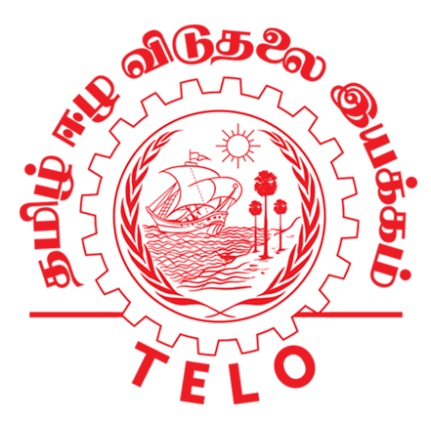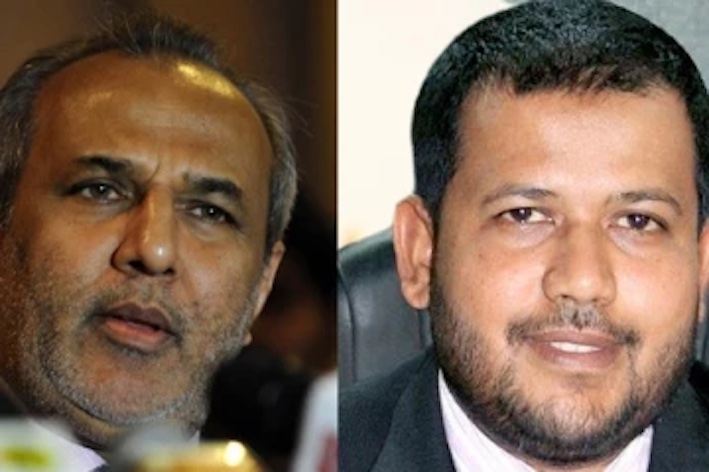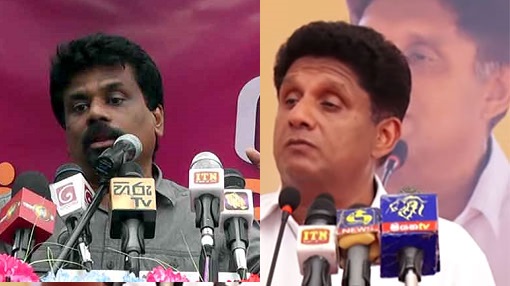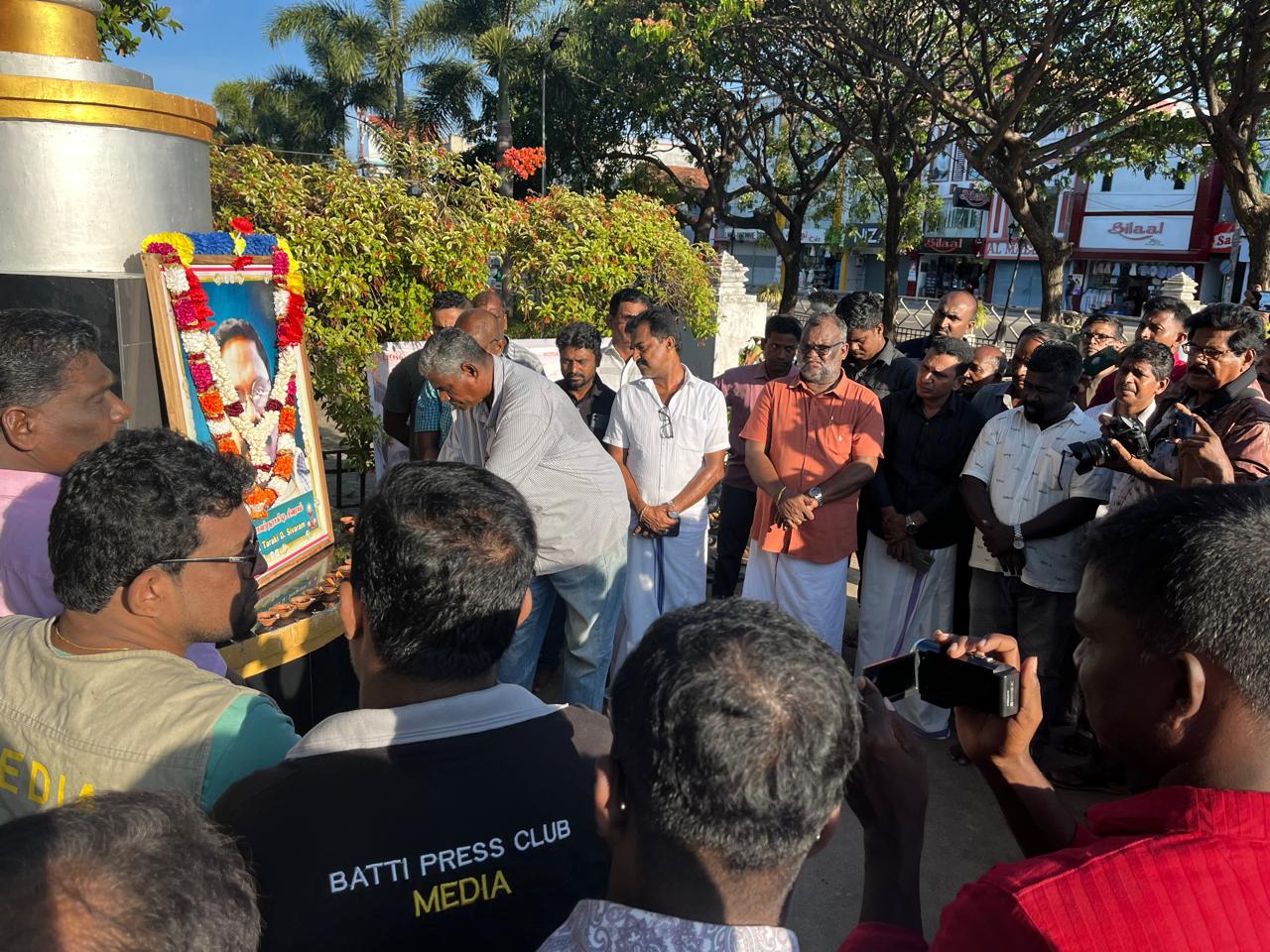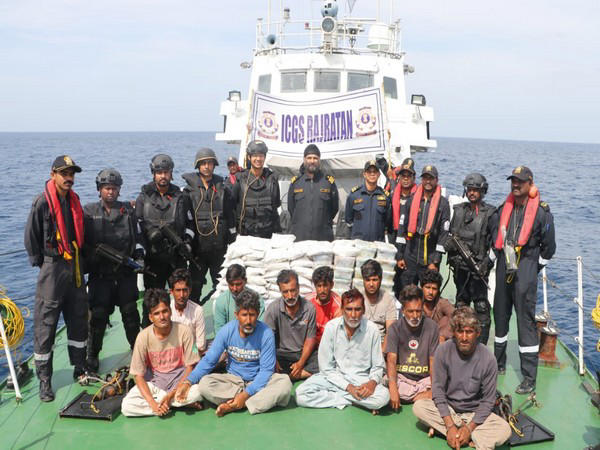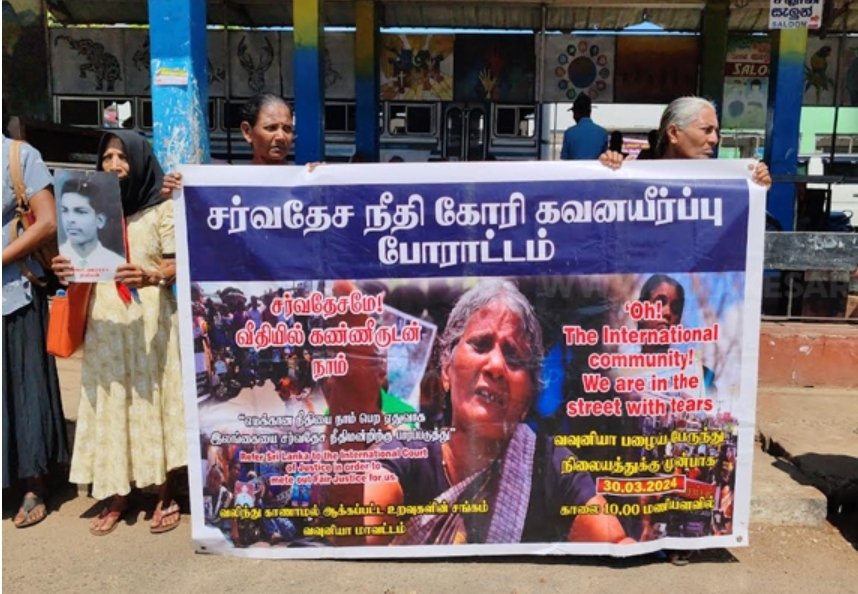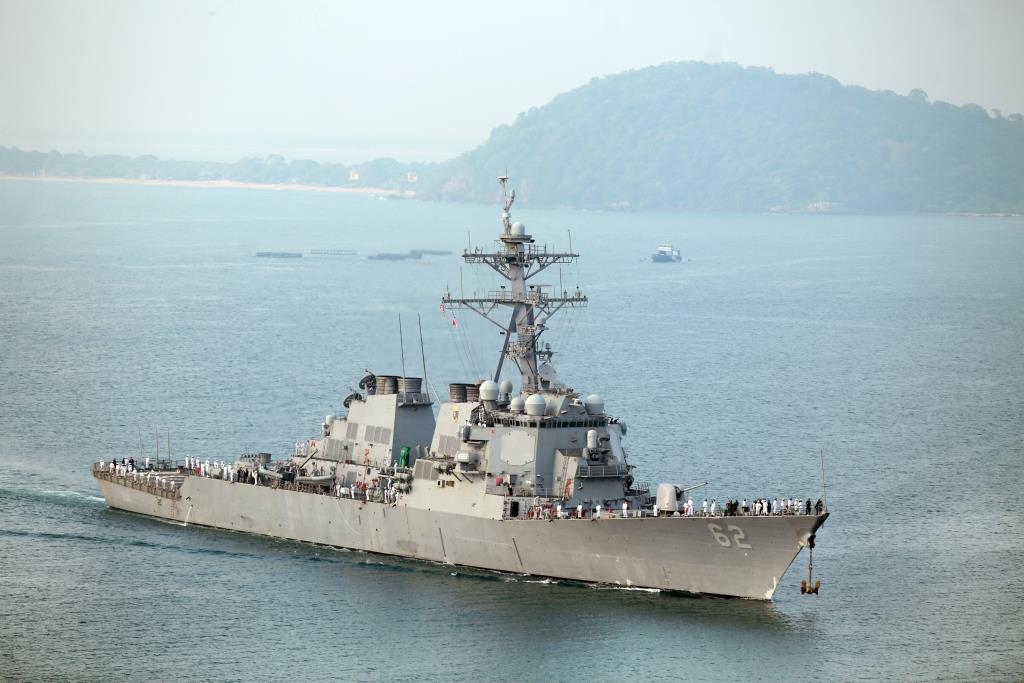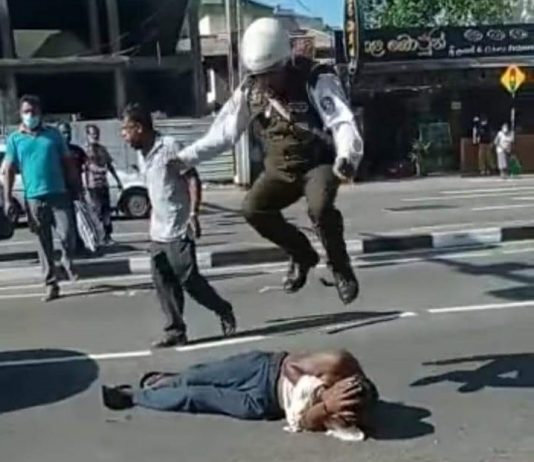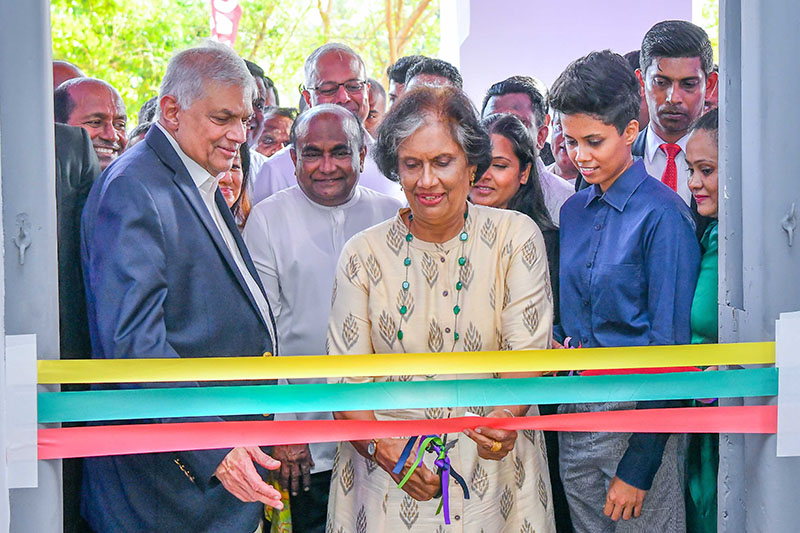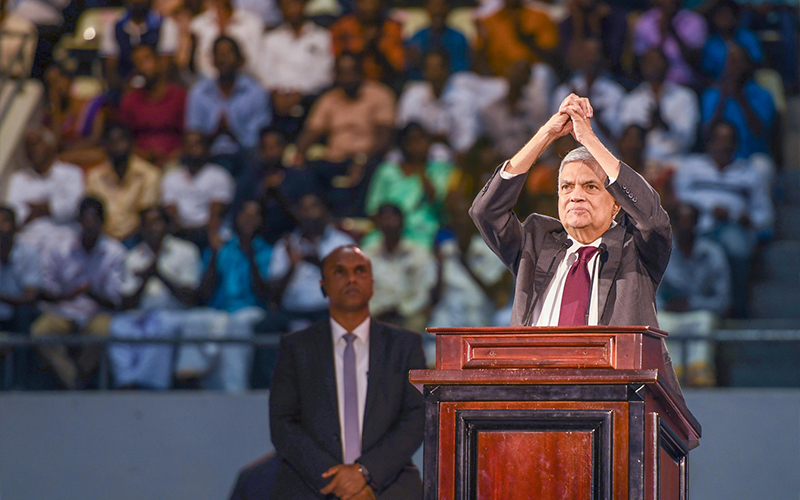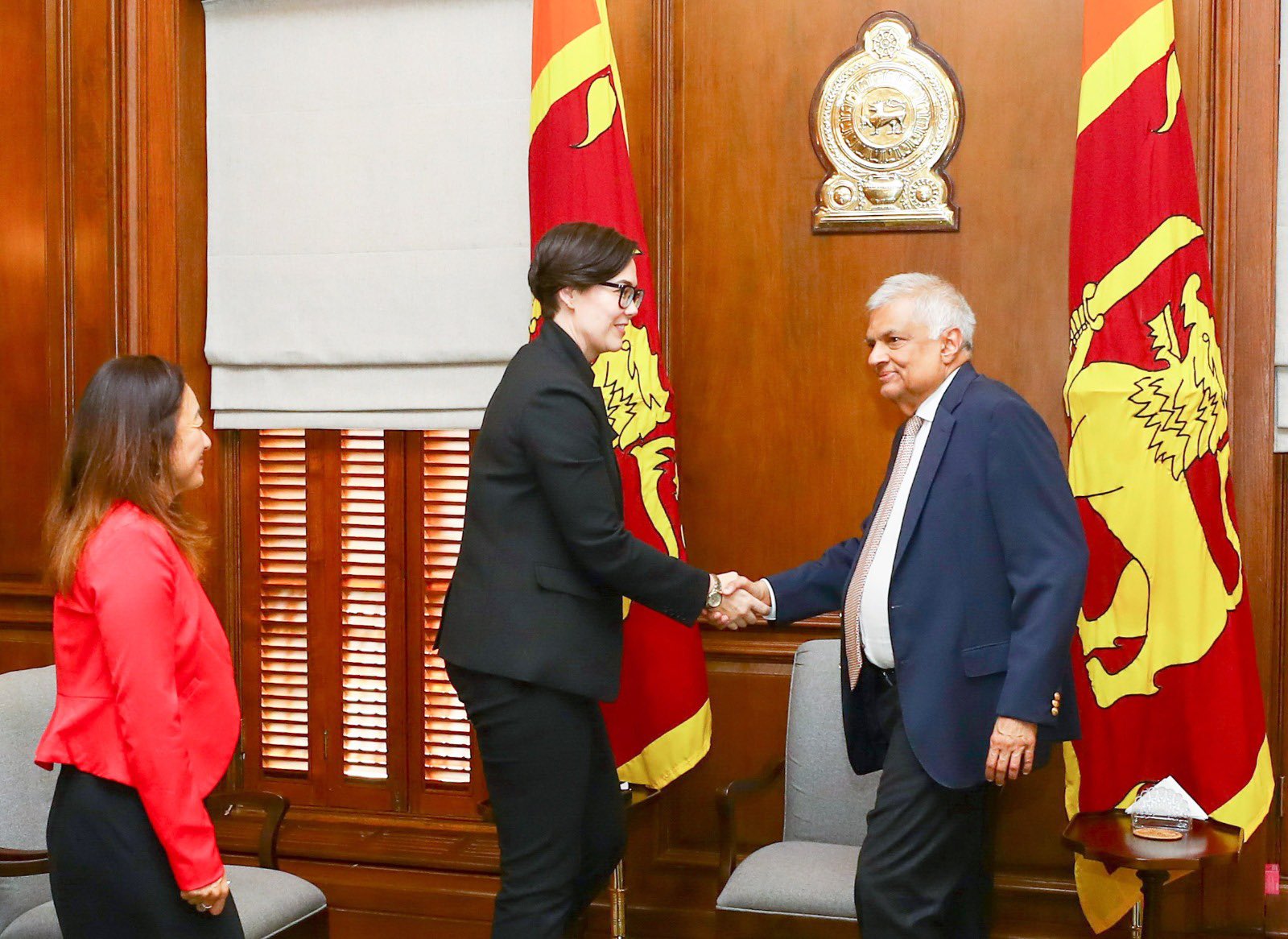As elections approach, the two Muslim parties, Sri Lanka Muslim Congress (SLMC) the senior and its breakaway junior All Ceylon Makkal Congress (ACMC), are on a bargain hunt looking for profitable deals with any of the national parties so that they could coalesce. This is not something new but had been the history of these ethno-religious adjuncts right from their inception.
In fact, SLMC’s founding leader Ashraf’s whole strategy was to capture Muslim votes en bloc to bargain for privileges with competing national parties. In this he was imitating the strategy of Thondaman with his monopoly over plantation Tamil votes. After Ashraf’s tragic death in September 2000 at the hands of suspected LTTE assassins his successors practiced that strategy with added vigour. In the end, all they could achieve were one or two cabinet positions and governorships for themselves and jobs for their relatives and apparatchiks while problems of the Muslim community continued to mount.
The political summersaults and betrayals of SLMC/ACMC parliamentarians in the interest of personal gain were shocking. For example, after their shameful silence when COVID-dead Muslim bodies were cremated in their hundreds and when innocent Muslim men and women were thrown into prison without trial after the Easter massacre, these notables raised their hands in support of the 20th Amendment when few of them were tempted with money and positions. The Muslim community was aghast at the cowardice of these parvenus. While the Catholic Cardinal agitating tirelessly for justice to Christian victims SLMC/ACMC notables remained inactive and are opening their mouths only now as election approaches. They may deceive some Muslims all the time and all Muslims sometime but not all Muslims all the time.
There is a new generation of Muslim voters now who, like their counterparts among Sinhalese and Tamils, are waking up to the challenge that unless the old guards with their self-centred profit making politics are thrown out and a new genre of leaders with patriotism and dedication to build a united but plural democracy with economic justice there would be no salvation to this country in general and Muslim communities in particular. These young voters belong to the Aragalaya generation which initiated the call for system change two years ago.
That call is echoing all over the country now and at least one political party, NPP is promising to institute that change if it comes to power, and the odds seem to be in its favour. This is why the forthcoming election is hoping to be a direct confrontation between the old and new systemists. If that change happens the two Muslim parties are destined to wither away. They are an aberration to the politics of pragmatism practiced by former Muslim leaders.
To start with, do Muslims need a separate political party in this country? The argument in favour of it was inspired by two prominent Muslim personalities, one a philosopher and poet Abdul Cader Lebbe (1913-1984) from Kattankudy and the other a District Judge M.A.M. Hussain (1911-1998) from Kalmunai. These two idealists were in a sense eye witnesses to the struggle for Pakistan during the closing decades of the British Raj. Muhammad Iqbal the national poet of Pakistan and Muhammad Ali Jinna the brilliant barrister and leader of the Indian Muslim League were the model leaders of the two idealists. But the fact that the history and politics of Muslims in British India were totally different from the history and politics of Muslims in independent Ceylon seem to have escaped the minds of the two thinkers.
In India, Muslims came as conquerors with the sword but in Ceylon they arrived as peaceful traders and pilgrims. Indian Muslims enjoyed their zenith of power during the Mogul rule, but in Serendib the Muslim community enjoyed from the beginning an unparallelled era of tolerance, hospitality and respectability from the island’s Buddhist monarchs and their Sinhalese subjects. In fact, Serendib was a shining example of Islam’s theological dar al-sulh (territory of treaty) without any treaty. How and why did this happen and what made Muslim minority experience in Sri Lanka so unique in the annals of history are questions yet to be explored by historians.
This is why the history of Muslims in Sri Lanka still remains an unwritten chapter, and without accessing Arabic sources that chapter cannot be written to know the whole truth. Even after the 1915 riots the Muslims did not run away to Arabia as demanded by certain pseudo nationalists but remained rooted in Ceylon and became more integrated with the majority community. This was why in independent Ceylon with its Westminster model of parliamentary democracy Muslim leaders never felt the need for a Muslim party to advance the welfare of their community. Perhaps, Muslim love for commercial pursuits, island-wide demographic spread and an otherworldly attitude towards life contributed to this development and discouraged interest in organising political parties of their own.
Historians and political scientists have anointed this disinterestedness as ‘politics of pragmatism’. What that meant in practice was Muslims always stood with the winning majority, and that strategy did bear benefits. In comparison to what was achieved without a party those achieved, if any, with SLMC/ACMC were miniscule or zero. The history of Muslim education in this country would speak volumes about Muslim politics of pragmatism.
But the situation began to change after 1977 with the JR interregnum. Although Muslims voted en masse in favour of JR and his UNP they failed to read his communal agenda. JR actually feared the power and influence of minorities in national politics, and the reason why he introduced proportional representation was to ensure that the majority community would always dominate governments. The 1983 pogrom and the rise of an armed LTTE with its uncompromising stand to divide the country with the creation of Tamil Eelam were actually JR’s legacies.
However, in the violence that ensued LTTE’s armed struggle Muslims in the North and East suffered the most and the Colombo centred Muslim leadership at that time was indifferent at best or uninterested at worst regarding the plight of their brethren. This was the political background for the birth of SLMC.
Even before these developments the two idealists, Lebbe and Hussain, used to meet frequently in Badulla and Guruthalawa where the poet was a school principal for 18 years in the first and 10 in the second, and after that in Matale where he spent most of his retired life until his death. It was during those conversations that they identified the leadership potential of a young and budding attorney from the Eastern Province, Muhammad Ashraf who happened to be Hussain’s nephew. Already in late 1970s Ashraf was found making his mark as a public orator and an emerging politician when he joined the conservative mullahs and campaigned against the then Minister of Education Badiuddin Mahmud’s decision to introduce music and fine arts as curriculum subjects in Muslim schools.
This author happened to be present in one of those protest meetings chaired by Ashraf at Colombo Zahira College. Ashraf also had a love for Tamil poetry which won the heart of Lebbe. Thus, the young attorney was groomed by the two idealists to take up the mantle of Muslim leadership from the Eastern Province. But by the time SLMC was registered as a political party in 1998 Lebbe was no more and Hussain was in his final stage of life. But whether these idealists had any direct input into constitution of SLMC is not clear at least from the collection of letters the poet wrote to Ashraf, copies of which are now in the possession of a Muslim journalist. What is certain is that the ideological seedling of SLMC grew in hilly Matale in Central Province before it was transplanted in the alluvial soil of the Eastern Province.
Without further guidance from the two idealists their posthumous child SLMC turned out to be more a liability than an asset to the community. The two idealists would be turning in their graves at the way SLMC and its breakaway ACMC have become political nests for self-seeking petty nabobs. How these parties have prostituted Islam to gain votes from the Muslim masses is another story. That they are a party to the growth of Muslim self-alienation in this country is indisputable. And, it is their alliance with religious conservatives that has jeopardised the chances of Muslim women to win their battle for matrimonial reforms. SLMC in particular also has blood in its hands for deteriorating relations between Tamils and Muslims in the Eastern Province. It is time these parties fade away.
(The writer is attached to Business School, Murdoch University, W. Australia.)




